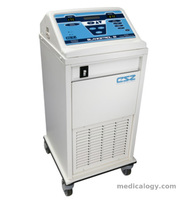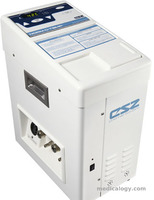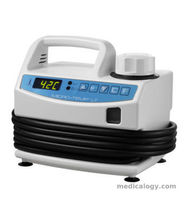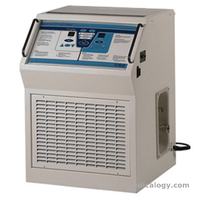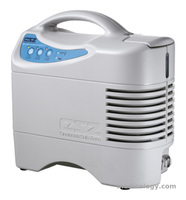- info@medicalogy.com
- 0877 7555 4616

Patient Warming System Twin Arm
Dijamin original dan bergaransi
Anaesthetised patients
Harga Patient Warming System Twin Arm :
Produk yang dibeli bersamaan:
Deskripsi Patient Warming System Twin Arm
Anaesthetised patients can’t regulate their temperature The body’s physiological response to anaesthesia places virtually every anaesthetised surgical patient at risk for unintended hypothermia, regardless of age, sex or physical condition. Research shows that core body temperature drops rapidly (up to 1.6ºC in the first hour alone1) following the induction of anaesthesia. Unfortunately, unintended hypothermia remains an all-too common and costly complication of surgery despite its association with higher mortality rates2, longer hospital stays3 and an increased rate of wound infection4.
The good news: unintended hypothermia is easily preventable Studies show that warming patients to maintain a core temperature of 36.0ºC or higher helps improve outcomes by reducing the frequency of complications often associated with unintended hypothermia. Forced-air warming offers a safe, simple, cost-effective method to prevent unintended hypothermia and its complications.
3M patient warming products include 3M™ Bair Hugger™ therapy, the 3M™ Bair Paws™ system and the 3M™ Ranger™ fluid warming systems and can help prevent unintended hypothermia and its complications. Read more about our pre-operative patient warming , intra-operative patient warming , blood and fluid warming and patient warming/cooling products.
Review Patient Warming System Twin Arm
Belum ada ulasan.



